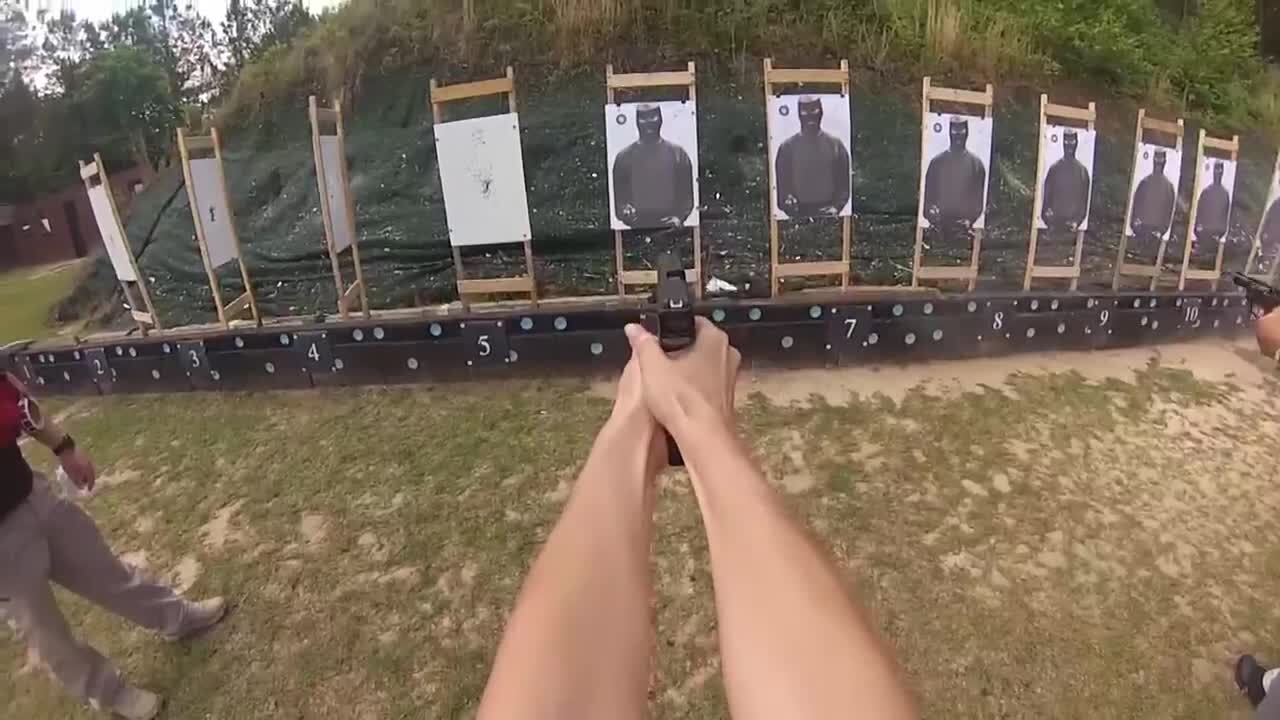S.C. electric cooperatives push to make power grids stronger
COLUMBIA, S.C. - Next year, the Public Service Commission of South Carolina will look into how Hurricane Helene impacted regulated utilities.
A directive from the agency in October said proceedings will be conducted in 2025.
It comes as electric cooperatives in South Carolina work to make power lines more resilient.
A month after Helene, here’s an update on FEMA assistance
A month after Hurricane Helene swept through the region, the Federal Emergency Management Agency is offering an update on the assistance that’s been offered.

“If you took all of the lines we maintain in South Carolina and just stretched them in a straight line, it would wrap around planet Earth three times,” said Avery Wilks, vice president of communications for Electric Cooperatives of South Carolina. “When we’re talking about burying power lines, that is the scale we’re talking about.”
Wilks explained while state co-ops are working to identify places to bury power lines, as well as installing redundant power systems.
“When you’re talking about the power grid, when you have two lines that feed the same home or business, and one goes down and the other remains up, that is good redundancy,” he said.
S.C. concealed weapons courses to be offered across state
As a part of the state’s constitutional carry law, the South Carolina Law Enforcement Division is set to host free concealed weapons permit courses in every county.

This is especially important for the neighborhoods many of these co-ops serve, which tend to be large stretches of the countryside and rural areas. That’s why when these co-ops implement change, it has to make sense financially.
All the downed poles from Helene will be replaced.
“Power poles can be up for years, even decades, so anytime you replace an aging pole with a new one, you have made your grid more resilient,” Wilks added.
Copyright 2024 WRDW/WAGT. All rights reserved.














